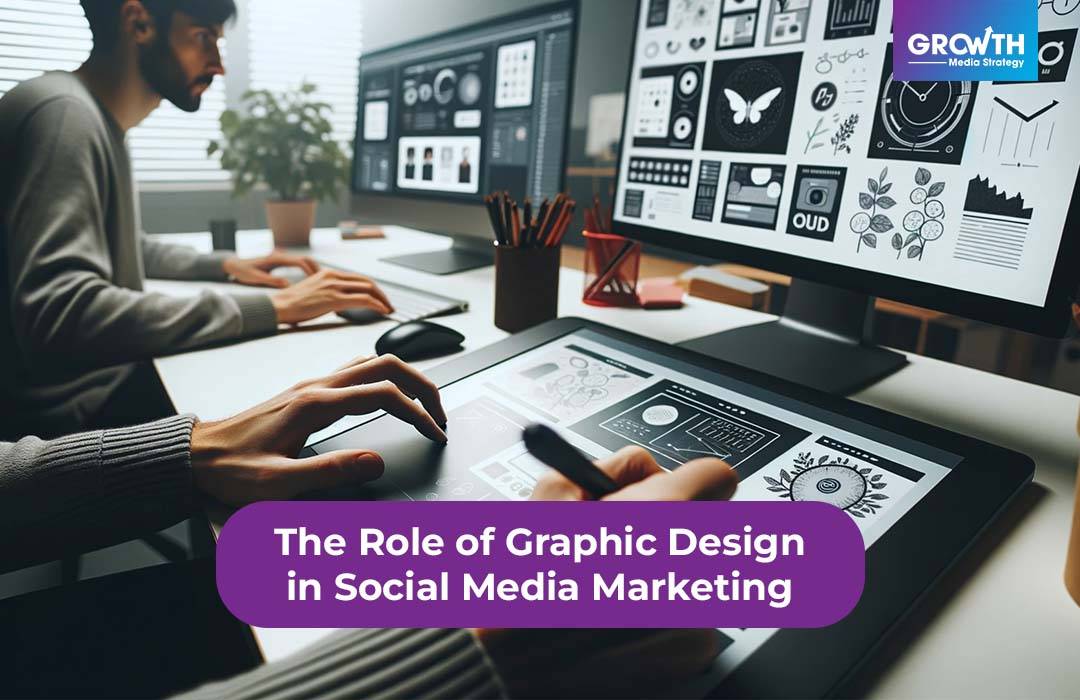Title: The Impact of Graphic Design on Branding and Marketing
In today's visually-driven world, the role of graphic design in branding and marketing cannot be overstated. From the logo on a product to the layout of a website, graphic design plays a crucial role in shaping how a brand is perceived by consumers and how effectively it communicates its message.
Visual Identity:
One of the primary functions of graphic design in branding is creating a visual identity that distinguishes a brand from its competitors. This starts with the creation of a logo, which serves as the cornerstone of a brand's visual identity. A well-designed logo not only conveys the essence of a brand but also makes it instantly recognizable to consumers. Think of iconic logos like the Nike swoosh or the Apple logo – they are simple, yet powerful symbols that have become synonymous with their respective brands.
Brand Consistency:
Consistency is key in branding, and graphic design plays a vital role in ensuring that all visual elements associated with a brand – from packaging to advertising materials – are cohesive and aligned with the brand's identity. This consistency helps to reinforce brand recognition and build trust with consumers over time.
Communication and Messaging:
Graphic design is also instrumental in communicating a brand's message effectively. Whether through a print advertisement, a social media post, or a billboard, visual elements such as typography, color, and imagery are used to convey emotions, evoke feelings, and communicate information in a way that resonates with the target audience.
User Experience (UX) Design:
In the digital age, user experience design has become increasingly important in shaping how consumers interact with brands online. Graphic designers play a crucial role in creating intuitive and visually appealing interfaces for websites, mobile apps, and other digital platforms, enhancing the overall user experience and driving engagement.
Marketing Collateral:
Graphic design is also essential in the creation of marketing collateral such as brochures, flyers, posters, and banners. These materials serve as valuable touchpoints for consumers, helping to reinforce brand messaging and drive conversions.
Adaptability and Innovation:
As consumer preferences and technology evolve, so too must graphic design. Designers must stay abreast of current trends and technologies to ensure that their work remains relevant and impactful. From responsive web design to interactive experiences, graphic designers are constantly innovating to create memorable brand experiences that resonate with audiences.
In conclusion, graphic design plays a critical role in shaping the identity, communication, and perception of brands in the marketplace. By creating visually compelling experiences that resonate with consumers, graphic designers help to build strong, memorable brands that stand out in an increasingly competitive landscape.


